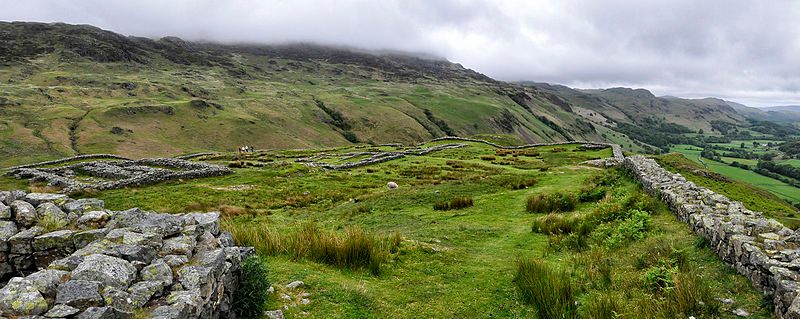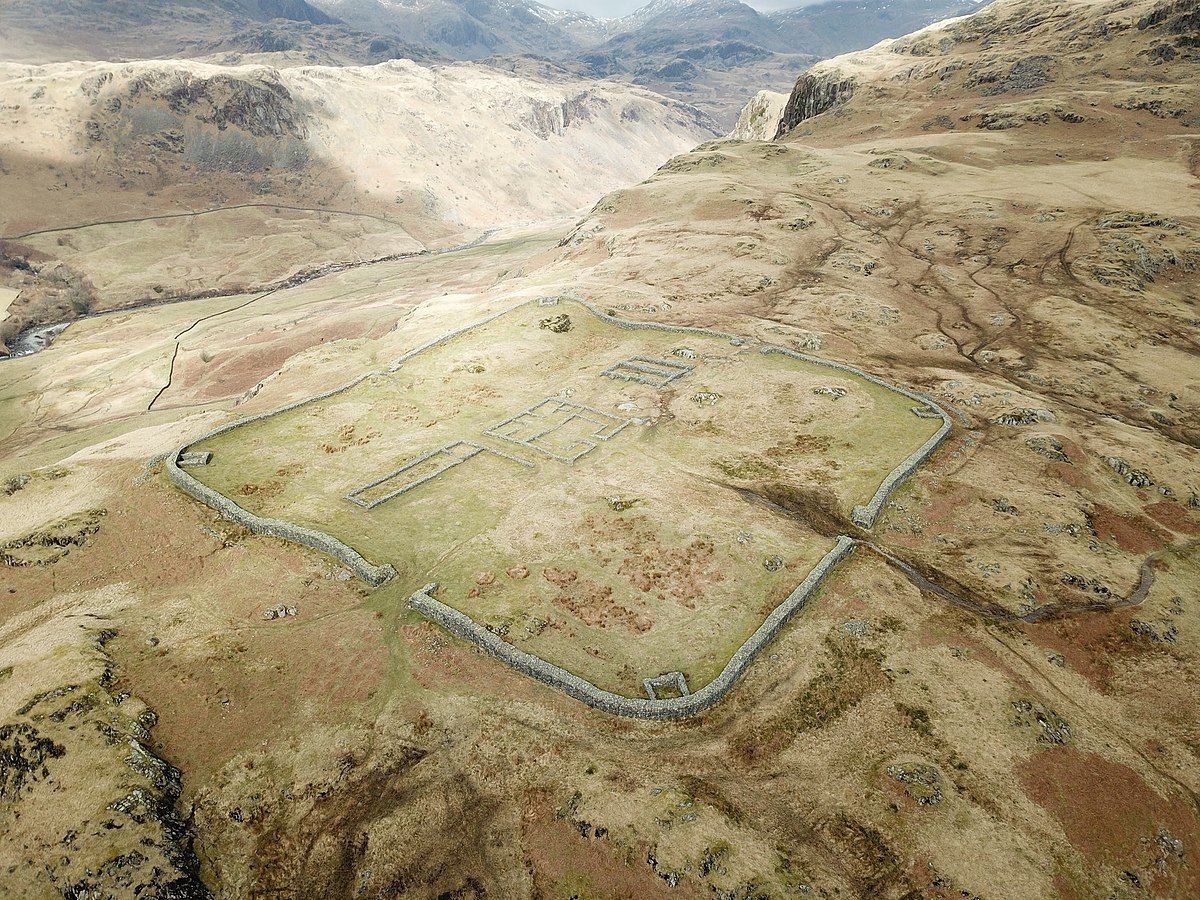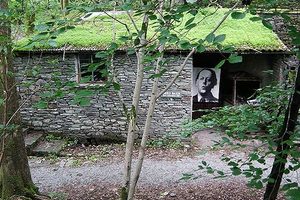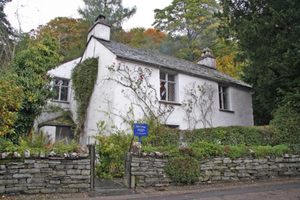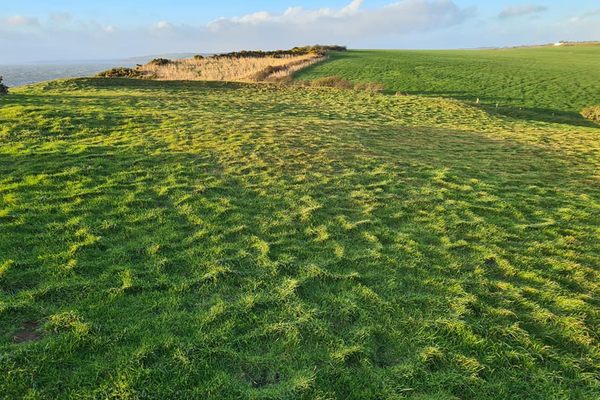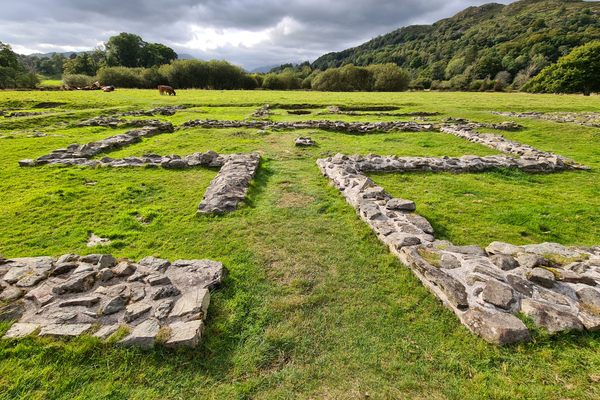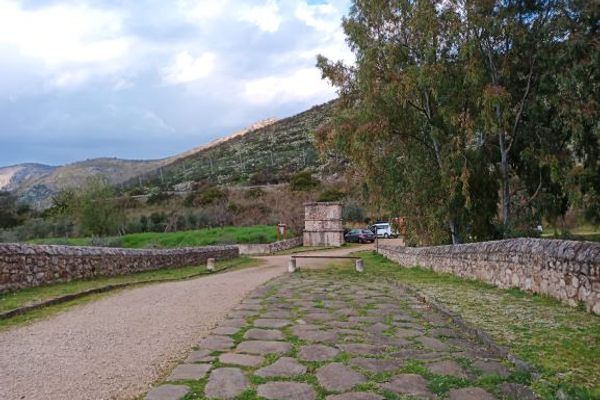About
On the western side of the Hardknott Pass in Cumbria lie the remains of the Hardknott Roman Fort, a magnificent relic of the Roman occupation of Britain. The ancient fort was built on a rocky spur, giving a fantastic view over both upper and lower Eskdale. At an altitude of over 800 feet, it was one of the highest forts in the Roman province of Britania.
Getting to this historic site is not easy. It requires crossing the Wrynose Pass and usually also the Hardknott Pass, two connected roads that form part of the shortest route between the small town of Ambleside and the Cumbrian coast. They have rightly been described as the most outrageous roads in Britain.
The roads are extremely narrow, with steep slopes and precipitous drops alongside some very sharp hairpin bends. Driving up the slopes is complicated by the fact that several springs arise nearby, and the resulting streams often flow across sections of the road for much of the year, often at points where it's crucial to maintain traction. Traversing the two passes without meeting other traffic is rare, and dealing with oncoming vehicles is interesting, to say the least. Fortunately, the roads are at least paved with blacktop all the way across.
Apart from the excitement of the drive and the obvious scenic grandeur, the dramatic setting of the ruins makes the journey, difficult as it is, very worthwhile. Built in the early 2nd century, the Hardknott Roman Fort (called "Mediobogdum" by the Romans) was in use on and off until the last years of the 4th century. During this time, an extensive settlement developed outside the walls. The Roman garrison at that time was a detachment of 500 cavalry of the 4th Cohort of Dalmatians, recruited from the coast of present-day Croatia.
The fort is square with rounded corners, 125 yards long externally, with a rampart wall almost 6 feet thick. Adjacent ditches added to the total width of the defenses. Many of the remaining low walls of the fort were restored some years ago, but an obvious course of dark local slate shows the height of the walls before their rebuilding. The outer wall had four portals, at the center of each side, and guard towers at each corner.
Within the walls are the remaining outlines of several buildings, including two adjacent granaries, the garrison headquarters building, and the commander's villa. In addition to these stone buildings, timber structures would have housed barracks, but little remains of them. Outside the square of the fort itself lie the remains of the bathhouse, which has a very rare circular sweat room or sauna, and the leveled parade ground, which is considered to be the finest surviving examples in the Western Roman Empire.
Related Tags
Know Before You Go
Many people think the easiest route is to do the drive from east to west, from Ambleside up the Wrynose road and down the Hardknott road. There is parking near the fort, which is open during daylight hours and free of charge. If returning to Ambleside or Windermere ( or heading back to the M6) descending to the coast from Hardknott and taking the A595 via Newby Bridge offers a much longer but much easier drive than going back over Wrynose Pass. The coast road itself offers much scenic beauty. The parade ground is approximately 200 yards higher up the slope to the east of the fort.
The fort is a three-mile walk from Dalegarth station on the Ravenglass & Eskdale Railway, as well as being easily accessible from the YHA and nearby campsites. Even without driving or cycling down the notorious roads, the views are breathtaking.
Published
November 5, 2018



